Best explosion-proof LED fixtures for hazardous areas
When industrial facilities face potential explosive atmospheres from flammable gases, vapors, or combustible dust, standard lighting simply isn't enough. The catastrophic consequences of ignition in hazardous environments demand LED Explosion Proof Light solutions that meet the highest safety standards while delivering reliable illumination. This comprehensive guide reveals the best explosion-proof LED fixtures designed to protect your workers, equipment, and operations in the most challenging industrial environments.
Essential Features of Premium LED Explosion Proof Light Systems
Advanced LED Technology and Power Options
Modern LED Explosion Proof Light fixtures incorporate cutting-edge semiconductor technology that delivers exceptional performance in hazardous environments. The latest high-efficacy, low-decay 700mA LED chips provide superior luminous output while maintaining stable performance over extended periods. These advanced systems offer multiple power configurations including 30W, 80W, 100W, and 180W options, allowing facility managers to select optimal lighting levels for specific applications. The integration of original Bridgelux LED sources ensures maximum luminous efficacy and extended operational lifespan, significantly reducing maintenance requirements in challenging industrial settings.
Robust Housing and Thermal Management
Premium Hazardous Area Lighting Fixtures feature die-cast ADC12 aluminum housings with patent-protected designs that achieve IP68 waterproof ratings. These robust enclosures incorporate advanced thermal management systems, including 2.0mm aluminum PCBs with heat index 2.5 specifications, ensuring LED components operate at optimal temperatures. The sophisticated thermal design prevents overheating that could compromise safety or performance, while the corrosion-resistant powder coating provides exceptional durability against harsh chemicals and environmental conditions.
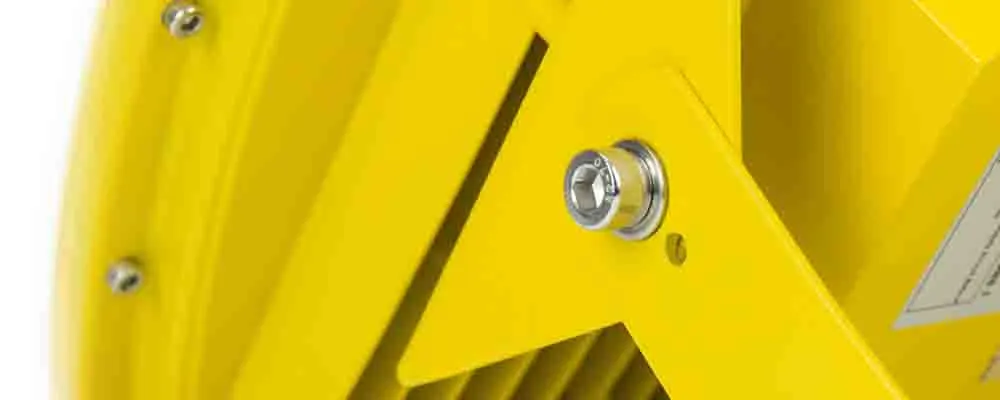
Optical Systems and Light Distribution
Advanced optical reflector designs in modern LED Explosion Proof Light systems eliminate glare while ensuring even light distribution across work areas. Premium fixtures utilize shock and vibration-resistant tempered glass lenses with 95% light transmission rates, maximizing illumination efficiency while protecting internal components. The scientific optical design focuses light precisely where needed, creating comfortable visual conditions for workers while maintaining the safety requirements essential for hazardous location applications.
Professional Driver Technology and Control Systems
High-performance explosion-proof lighting relies on premium driver technology, with MEANWELL HLG series drivers representing the highest tier of power control systems. These professional-grade drivers ensure stable current delivery under varying conditions while supporting advanced control options including 0-10V and DALI dimming capabilities. The sophisticated power management extends fixture lifespan while providing the precise control necessary for optimizing energy efficiency in industrial environments.
Safety Certifications and Compliance Standards for Hazardous Area Lighting
International Safety Certifications
| Certification | Application | Coverage |
|---|---|---|
| ATEX | European Union explosive atmospheres | Zone 1 and 2 gas environments |
| UL | North American safety standards | Class I Division 1 and 2 locations |
| CUL | Canadian safety requirements | Hazardous location compliance |
| IECEx | International explosive atmospheres | Global hazardous area standards |
Premium LED Explosion Proof Light systems must obtain comprehensive international certifications to ensure safe operation in hazardous environments. ATEX certification validates performance in European explosive atmosphere regulations, while UL and CUL approvals confirm compliance with North American safety standards. These rigorous certification processes involve extensive testing of fixture construction, thermal performance, and explosion containment capabilities, providing facility operators with confidence in their safety investments.
Temperature Classifications and Environmental Ratings
Hazardous Area Lighting Fixtures must operate safely across extreme temperature ranges, with premium systems designed for operation from -30°C to 50°C without performance degradation. The temperature classification system determines the maximum surface temperature allowable for specific hazardous materials, ensuring fixtures remain below ignition thresholds. Environmental ratings including IP68 provide protection against water ingress and dust accumulation, essential for maintaining safety integrity in demanding industrial applications.
Zone and Class Designations
Understanding hazardous area classifications is crucial for selecting appropriate LED Explosion Proof Light solutions. Class I locations involve flammable gases and vapors, while Class II addresses combustible dust environments. Division and Zone systems classify the probability and duration of hazardous substance presence, with Division 1/Zone 0 representing continuous hazard exposure and Division 2/Zone 1 indicating intermittent conditions. Proper classification ensures fixtures meet specific safety requirements for each application scenario.
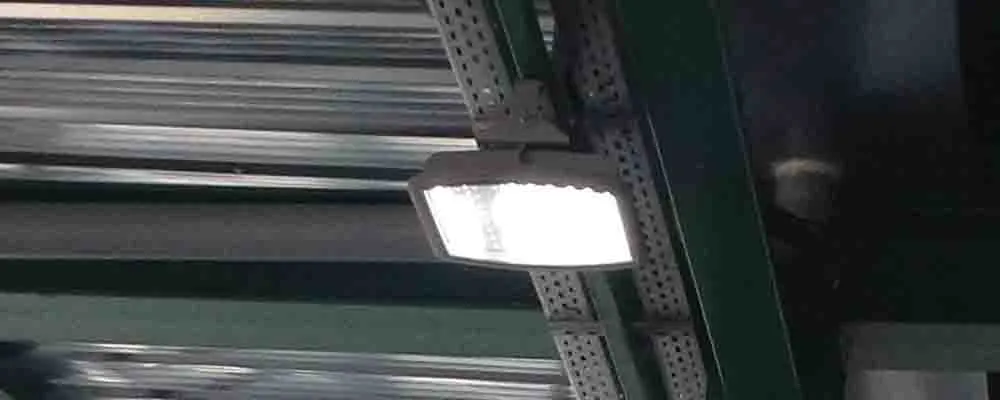
Quality Assurance and Testing Protocols
Premium manufacturers implement comprehensive quality control systems including ISO 9001:2015 certified processes, ensuring consistent product quality and safety performance. Rigorous testing protocols involve photometric evaluation using integrating sphere technology, extended aging tests to verify long-term reliability, and comprehensive functional testing before shipment. Third-party audits and regular certification renewals maintain ongoing compliance with evolving safety standards and regulations.
Installation Guidelines and Best Practices for Explosion-Proof Lighting
Site Assessment and Hazard Analysis
| Assessment Factor | Class I (Gas/Vapor) | Class II (Dust) |
|---|---|---|
| Substance identification | Specific gas/vapor type | Dust composition and particle size |
| Concentration levels | PPM measurements | Dust cloud density |
| Ignition temperature | Auto-ignition point | Minimum ignition energy |
| Environmental conditions | Temperature and humidity | Moisture and settling patterns |
Successful LED Explosion Proof Light installation begins with comprehensive site assessment and hazard analysis to identify specific risks and determine appropriate fixture specifications. Professional evaluation considers the types of hazardous substances present, their concentration levels, and environmental conditions that could affect safety performance. This analysis ensures selected Hazardous Area Lighting Fixtures meet exact requirements for each installation location while maintaining compliance with applicable safety regulations.
Proper Installation Techniques and Mounting Solutions
Professional installation of explosion-proof lighting requires specialized techniques and certified mounting hardware designed for hazardous environments. Fixtures must be installed with appropriate sealing compounds and gaskets to maintain explosion-proof integrity, while conduit connections require specific fittings approved for hazardous locations. Proper grounding and bonding procedures prevent static electricity buildup that could create ignition sources, and installation teams must follow manufacturer specifications exactly to preserve safety certifications.
Electrical Infrastructure and Power Distribution
Hazardous area electrical infrastructure requires specialized design considerations including intrinsically safe wiring systems, explosion-proof junction boxes, and certified conduit systems. Power distribution must account for fixture power requirements while maintaining safety margins, and emergency power systems should integrate seamlessly with LED Explosion Proof Light installations. Professional electrical design ensures reliable operation while preventing potential ignition sources throughout the electrical system.
Maintenance Planning and Safety Protocols
Effective maintenance programs for explosion-proof lighting incorporate safety protocols specific to hazardous environments, including hot work permits, gas monitoring, and emergency response procedures. Scheduled maintenance should include fixture inspection, lens cleaning, and performance verification using appropriate testing equipment. Replacement components must maintain original safety certifications, and maintenance personnel require specialized training in hazardous area work practices to ensure ongoing safety compliance.
Conclusion
Selecting the best explosion-proof LED fixtures for hazardous areas requires careful consideration of safety certifications, performance specifications, and installation requirements. Premium LED Explosion Proof Light systems combine advanced technology with rigorous safety standards to provide reliable illumination in the most challenging industrial environments.
Ready to enhance your facility's safety with premium explosion-proof lighting solutions? Xi'an Razorlux Optoelectronic Technology Co., Ltd. offers cutting-edge LED Explosion Proof Light systems with comprehensive certifications and global support. As a leading China LED Explosion Proof Light manufacturer and China LED Explosion Proof Light supplier, we provide competitive LED Explosion Proof Light price options with China LED Explosion Proof Light wholesale availability. Our LED Explosion Proof Light for sale includes complete technical support and five-year warranty coverage. Contact our expert team today at sam@razorlux.com to discuss your specific requirements and receive customized solutions for your hazardous area lighting needs. Our mature R&D team, GMP factory operations, and professional marine lighting certificates ensure you receive top-quality products with fast delivery and comprehensive after-sales support.
References
1. "Explosion-Proof Equipment Standards and Classifications" by National Fire Protection Association, Industrial Safety Guidelines, 2024
2. "LED Technology Applications in Hazardous Environments" by Johnson, M.R. and Chen, L., International Journal of Industrial Safety Engineering, 2023
3. "Thermal Management Systems for High-Performance LED Fixtures" by Rodriguez, A.K., Journal of Advanced Lighting Technology, 2024
4. "Certification Requirements for Explosion-Proof Lighting Equipment" by European Committee for Standardization Technical Board, Industrial Equipment Safety Standards, 2023
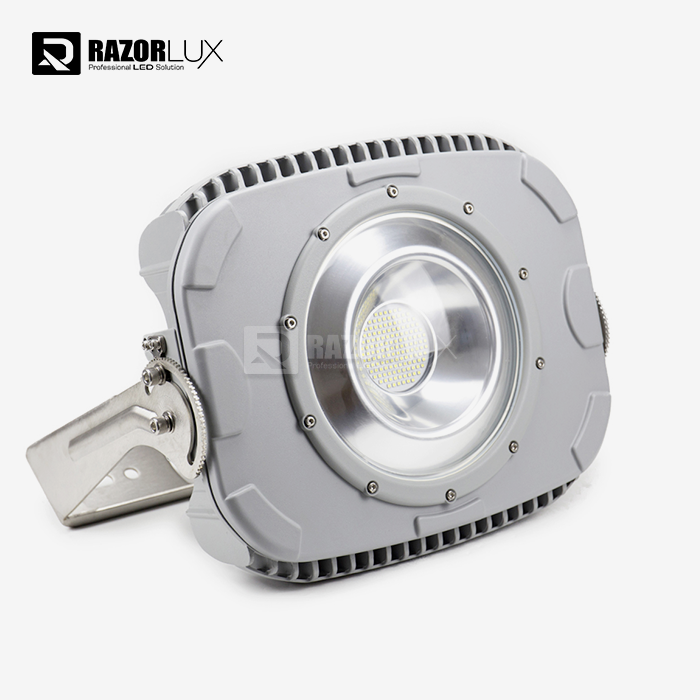 VIEW MORE2700K Outdoor Flood Light
VIEW MORE2700K Outdoor Flood Light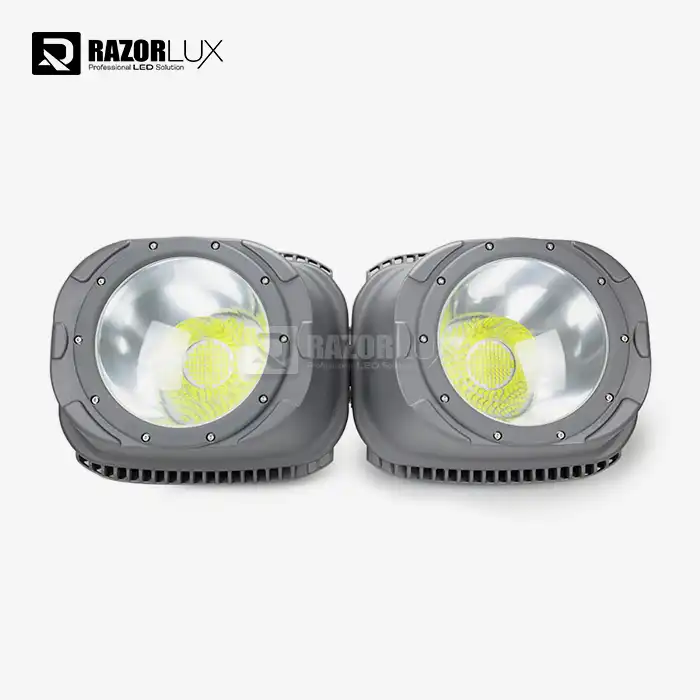 VIEW MOREOutdoor Flood Light Fixtures Waterproof
VIEW MOREOutdoor Flood Light Fixtures Waterproof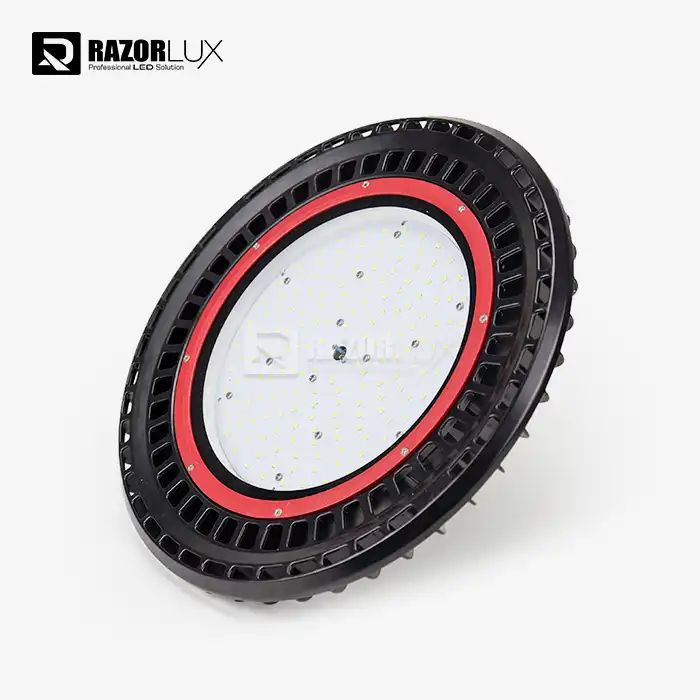 VIEW MORELed Ufo High Bay Light 150W
VIEW MORELed Ufo High Bay Light 150W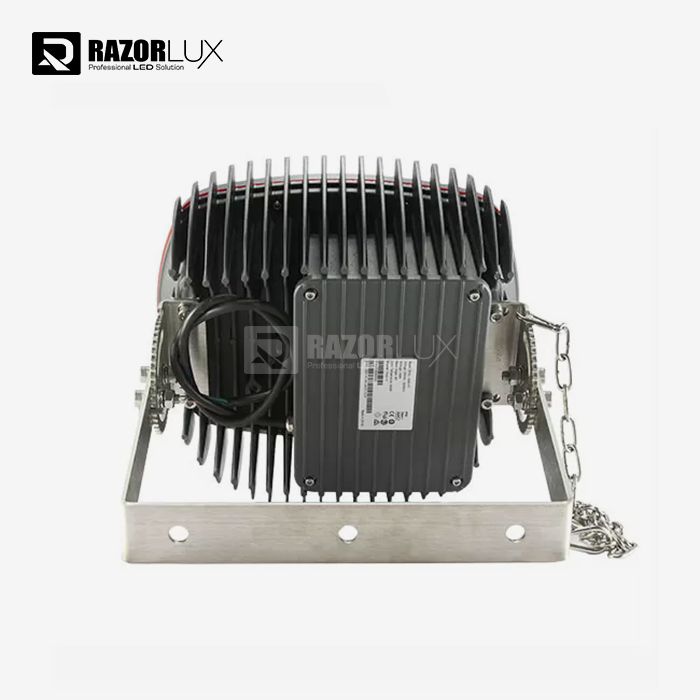 VIEW MORE180w Dimmable Led Flood Light 60 Beam Degree Super Bright Led Light 120lm/W
VIEW MORE180w Dimmable Led Flood Light 60 Beam Degree Super Bright Led Light 120lm/W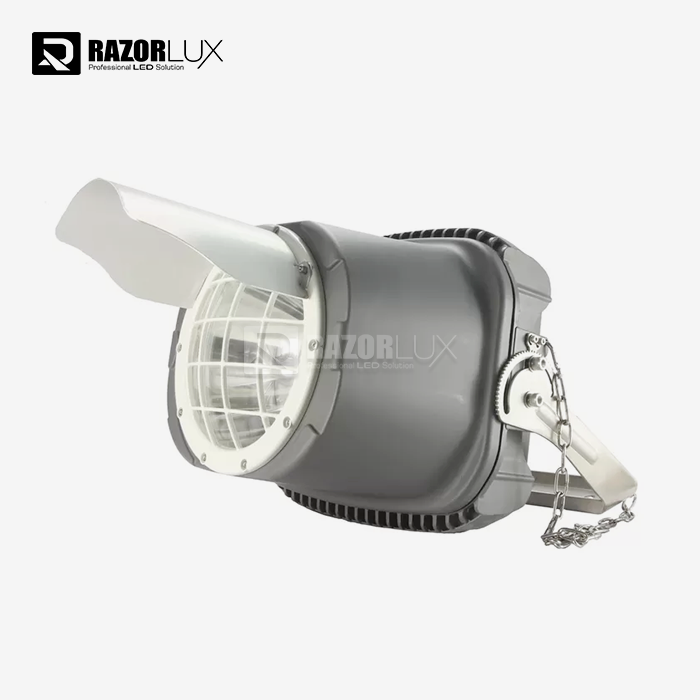 VIEW MORE75Ra Led Boat Flood Lights Lumitec Spreader Lights 120lm/W Aluminum Alloy Body
VIEW MORE75Ra Led Boat Flood Lights Lumitec Spreader Lights 120lm/W Aluminum Alloy Body VIEW MOREEMC 6500K Led Outdoor Sports Lighting Ip67 1200w Led Baseball Field Lights
VIEW MOREEMC 6500K Led Outdoor Sports Lighting Ip67 1200w Led Baseball Field Lights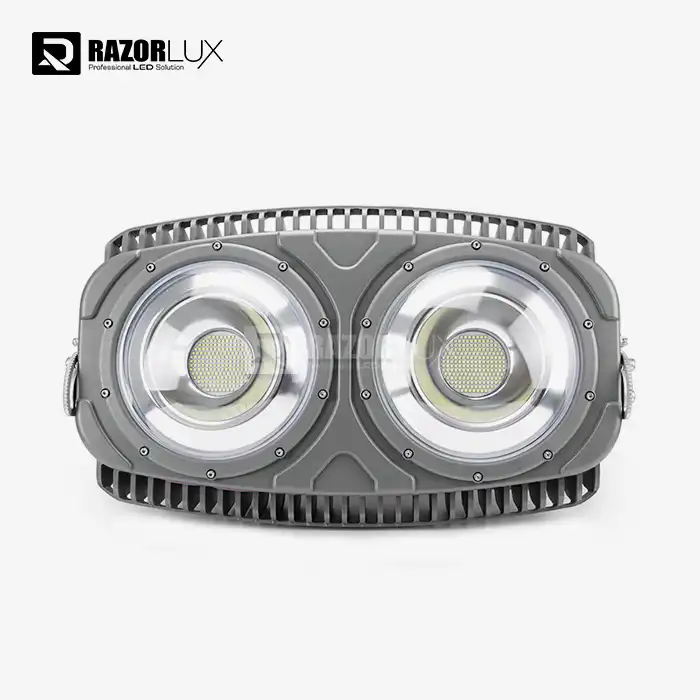 VIEW MOREFloodlight Masts
VIEW MOREFloodlight Masts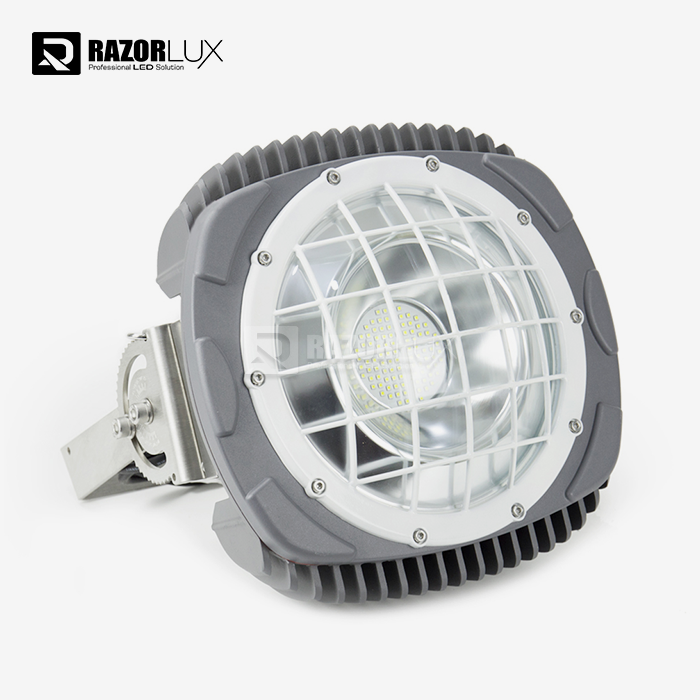 VIEW MOREExterior Led Floodlights
VIEW MOREExterior Led Floodlights

_1750326878398.png)

